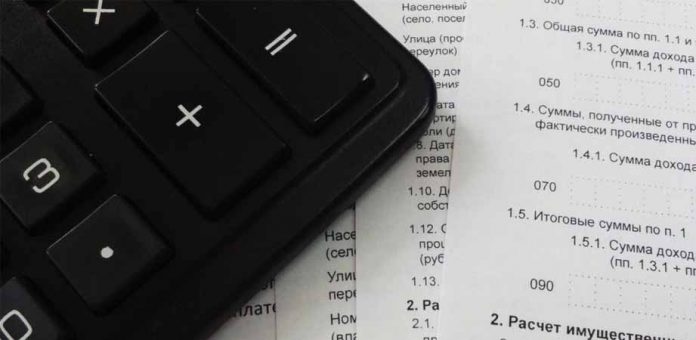Starting your career in the working world is exciting! The money starts to roll in, you begin to learn a great deal about a new industry, you create a progression plan to move to new roles and earn more money. But it won’t be long before it hits you, you’re paying tax, and lots of it.
This moment came for me last week, I have always paid National Insurance Tax and thought nothing of it, but this month came the almighty reign of PAYE Tax. I won’t divulge but let’s just say that the taxman was enjoying two weeks of my overtime pay last month. This caught me well off-guard and I frantically searched the internet for a reason why I had been taxed so much; until I found… next to nothing! Given that 26 million of us in the UK are income taxpayers, I’d have thought there would be an easy breakdown of how to work out your tax.
Luckily Fi’s dad is a finance whizz kid and gave some great advice on what I should expect and how to work this out in the future. So I want to give explaining it my best shot! The first thing to understand is:
“There are two main forms of income tax: PAYE Tax and National Insurance”
Working Out Your PAYE Tax
Personal Allowance – We all have a threshold of how much we can earn in the UK without paying tax; this is called a personal allowance. Any earnings above your personal allowance will be taxed; the percentage of tax is based on your income band. If you are under 65 and your salary is under £100,000 you will have a personal allowance of £9440 for 2013/14. If you fall outside of these bounds then look here for more information.
Income Tax Band – After this you will need to know which income tax bands you are in. These are as follows:
|
Salary | Tax Rate 2013/14 |
|---|---|
Below your Personal Allowance (PA) | No tax to be paid |
Between PA and (£32,000+PA) | 20% |
Between (£32,000+PA) and £150,000 | 40% |
£150,000+ | 45% |
These are marginal bands, which means you only paid the specified tax rate on the section of your earnings that fall within each band. For example, you will pay no tax on the first section of your earnings, then 20% on the earnings that fall within the next category and 40% on the amount that exceeds that…
Working Out Your National Insurance
For National Insurance we pay 12% on earnings between £7,748 and £41,444. We then pay 2% on any earnings above this amount. This differs if you are self employed, check out the full HMRC rates for further details.
A Working Example…
Lets take an example salary of £20,000 for a worker under the age of 65 and work out the monthly tax.
PAYE Tax National Insurance Personal Allowance = £9,400 Threshold = £7,748 £176.67 £122.52
£20,000 - £9,400= £10,600
20% of £10,600 = £2,120pa
£2,120 / 12 months = £176.67pm
£20,000 - £7,748 = £12,250
12% of £12,250 = £1470.48pa
£1470.48 / 12 months = £122.52pm
The total monthly tax for this salary would therefore be £299.19 out of your £1666.67 monthly salary. If any additional money is paid or deducted that month, that months pay would be recalculated based on the total gross pay.
Has this post been helpful? Please leave a comment and don’t forget to follow us on Twitter at @BudgetBreakaway for more updates!































Because I am from the US, I am not sure I completely understand it. It sounds much simpler than the tax system over here. Do you have other exemptions that you can add in to reduce your tax liability (i.e., charitable giving, retirement, etc)?
Enjoyed reading this article. Looks like a great site.
We have exemption on charitable giving and pensions; costs of business expenditure as an employee can also also be tax deductible (business travel, accommodation etc).
Thanks for visiting!